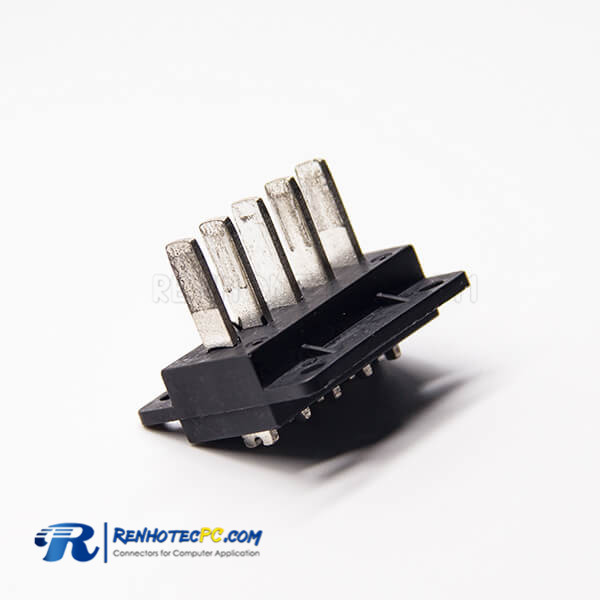

They had higher capacity than carbon-zinc types, a nominal voltage of 8.4 volts, and very stable voltage output. There is also a low self-discharge NiMH version.įormerly, mercury batteries were made in this size. Lithium versions use three 3.2 V cells - there is a rechargeable lithium polymer version. Rechargeable nickel–cadmium (NiCd) and Nickel-metal hydride (NiMH) batteries have between six and eight 1.2 volt cells. Some brands use welded tabs internally to attach to the cells, others press foil strips against the ends of the cells. Inside an alkaline or carbon-zinc 9-volt battery there are six cells, either cylindrical or flat type, connected in series. Both terminals are at one end and their centres are 12.7 mm apart. They all have a rectangular shape the dimensions are height 48.5 mm, length 26.5 mm, width 17.5 mm. These batteries are commonly named 9-volt, and also colloquially named PP3, Radio battery, Square (sic) battery, and Japan "006P". The 22.5V voltage was at the upper limit of the transistor voltage ratings, and it was clear that what was needed was a battery of lower voltage and high enough capacity to run the transistor radios for a reasonable time. Early transistorized radios and other equipment needed a low voltage battery, but the lowest voltage commonly available, small battery at that time was a 22.5V battery made for vacuum tube/thermionic valve hearing aids and for photo flash gun (using flash bulbs). The Eveready company claims that it introduced this battery type in 1956.
Nine volt battery connector portable#
The PP3 appeared when portable transistorized radio receivers became common, and is still called a "transistor" battery by some manufacturers.
Nine volt battery connector series#
The clips on the nine-volt battery can be used to connect several nine-volt batteries in series to create higher voltage. A problem with this style of connector is that it is very easy to connect two batteries together in a short circuit, which quickly discharges both batteries, generating heat and possibly a fire. Battery polarization is normally obvious since mechanical connection is usually only possible in one configuration. The same snap style connector is used on other battery types in the Power Pack (PP) series. The connectors on the battery are the same as on the connector itself the smaller one connects to the larger one and vice versa. The smaller circular (male) terminal is positive, and the larger hexagonal or octagonal (female) terminal is the negative contact. The battery has both terminals in a snap connector on one end. Other nine-volt batteries of different sizes exist, such as the British "Ever Ready" PP series and certain lantern batteries. In Switzerland as of 2008, 9-volt batteries totalled 2% of primary battery sales and 2% of secondary battery sales.

Carbon-zinc types are made with six flat cells in a stack, enclosed in a moisture-resistant wrapper to prevent drying.Īs of 2007, 9-volt batteries accounted for 4% of alkaline primary battery sales in the US. These cells are slightly smaller than LR8D425 AAAA cells and can be used in their place for some devices, even though they are 3.5 mm shorter. Most nine-volt alkaline batteries are constructed of six individual 1.5V LR61 cells enclosed in a wrapper. This type is designated NEDA 1604, IEC 6F22 and "Ever Ready" type PP3 (zinc-carbon) or MN1604 6LR61 (alkaline). Mercury oxide batteries in this form have not been manufactured in many years due to their mercury content. This format is commonly available in primary carbon-zinc and alkaline chemistry, in primary lithium iron disulfide, and in rechargeable form in nickel-cadmium, nickel-metal hydride and lithium-ion. They are also used as backup power to keep the time in certain electronic clocks. This type is commonly used in pocket radios, smoke detectors, carbon monoxide alarms, guitar effect units, and radio-controlled vehicle controllers.

This is a rectangular prism shape with rounded edges and a polarized snap connector at the top. The most common form of nine-volt battery is commonly called the transistor battery, introduced for the early transistor radios. Rechargeable (NiMH) 9-volt battery internals.


 0 kommentar(er)
0 kommentar(er)
